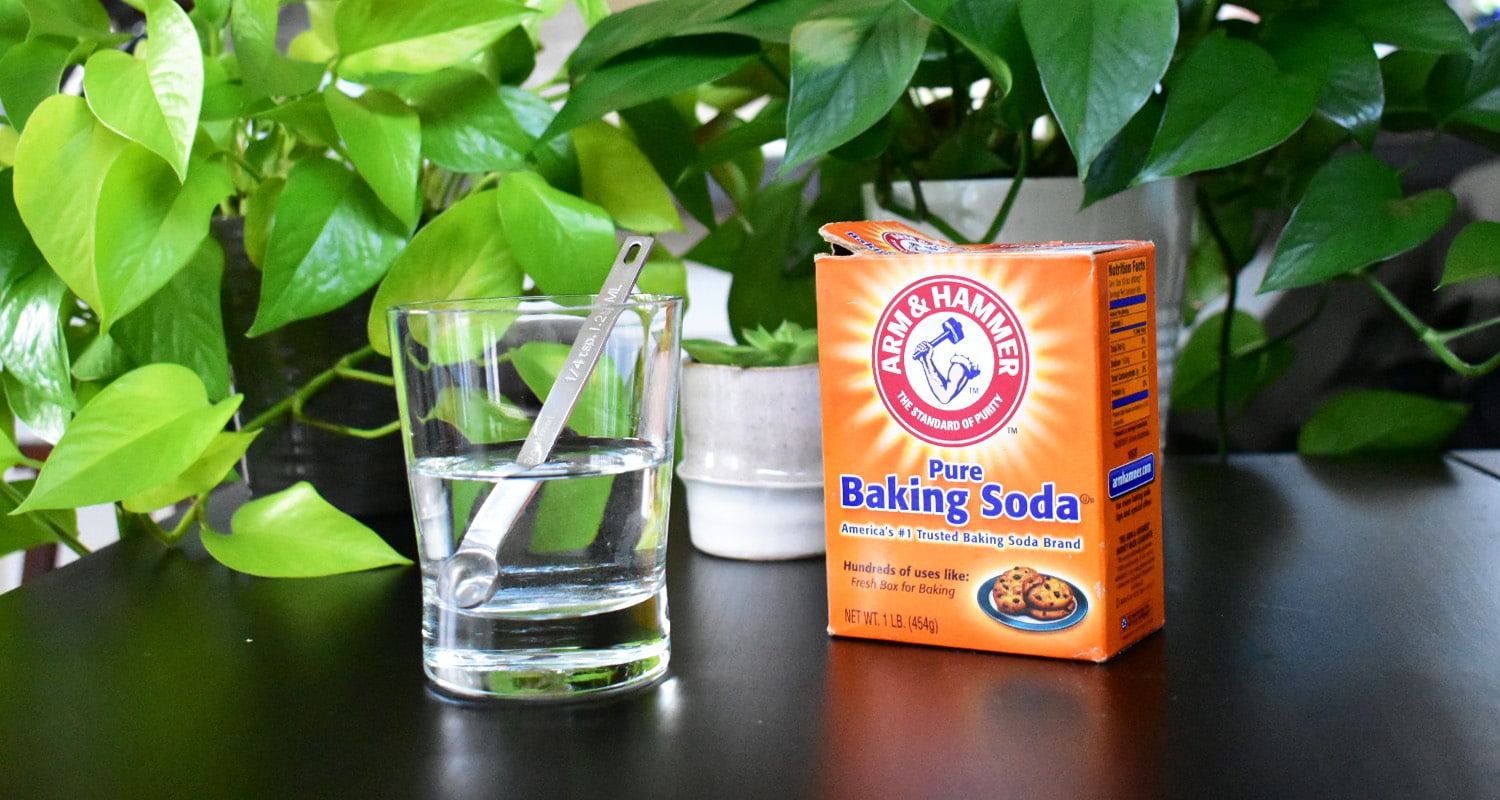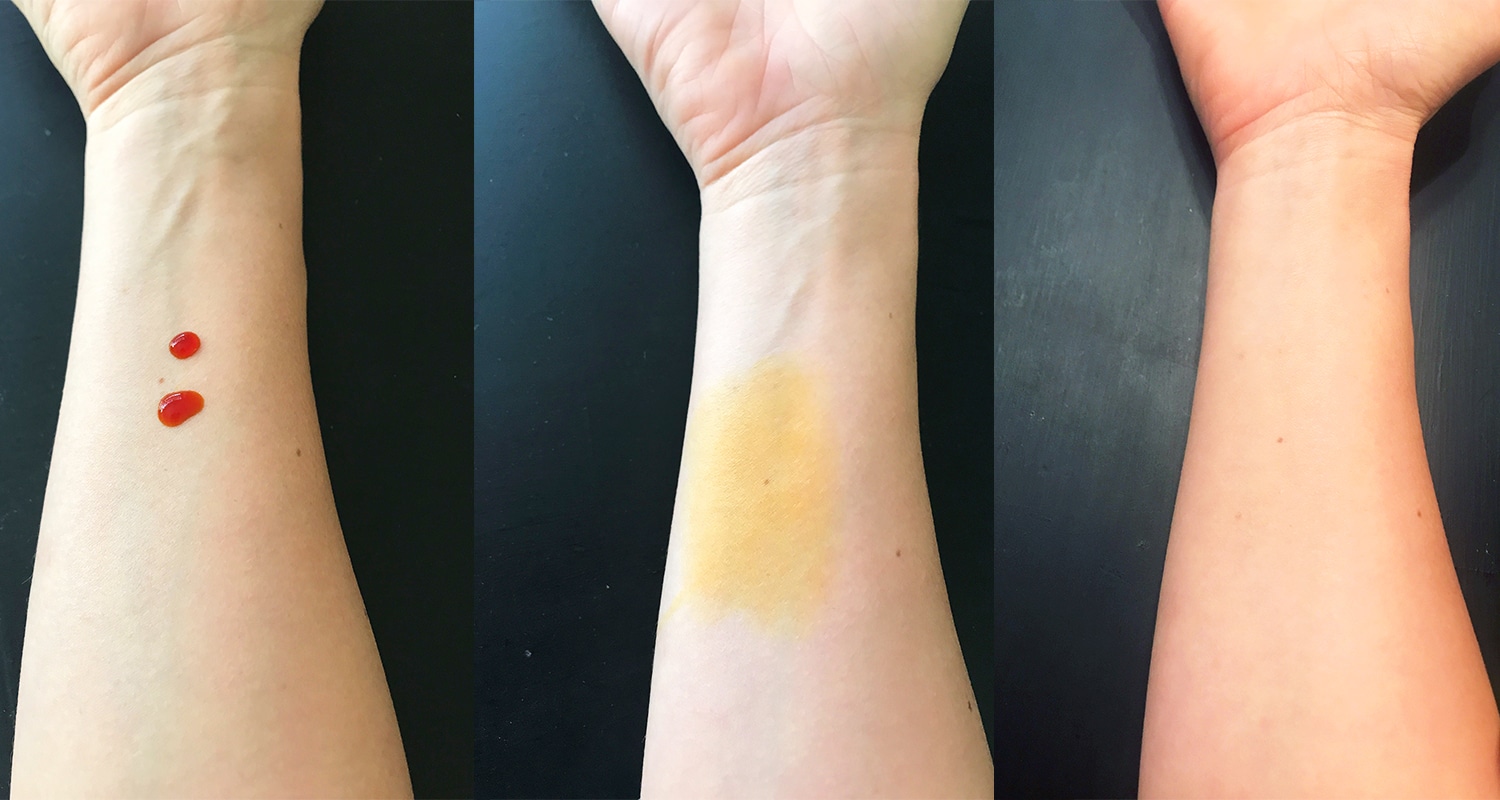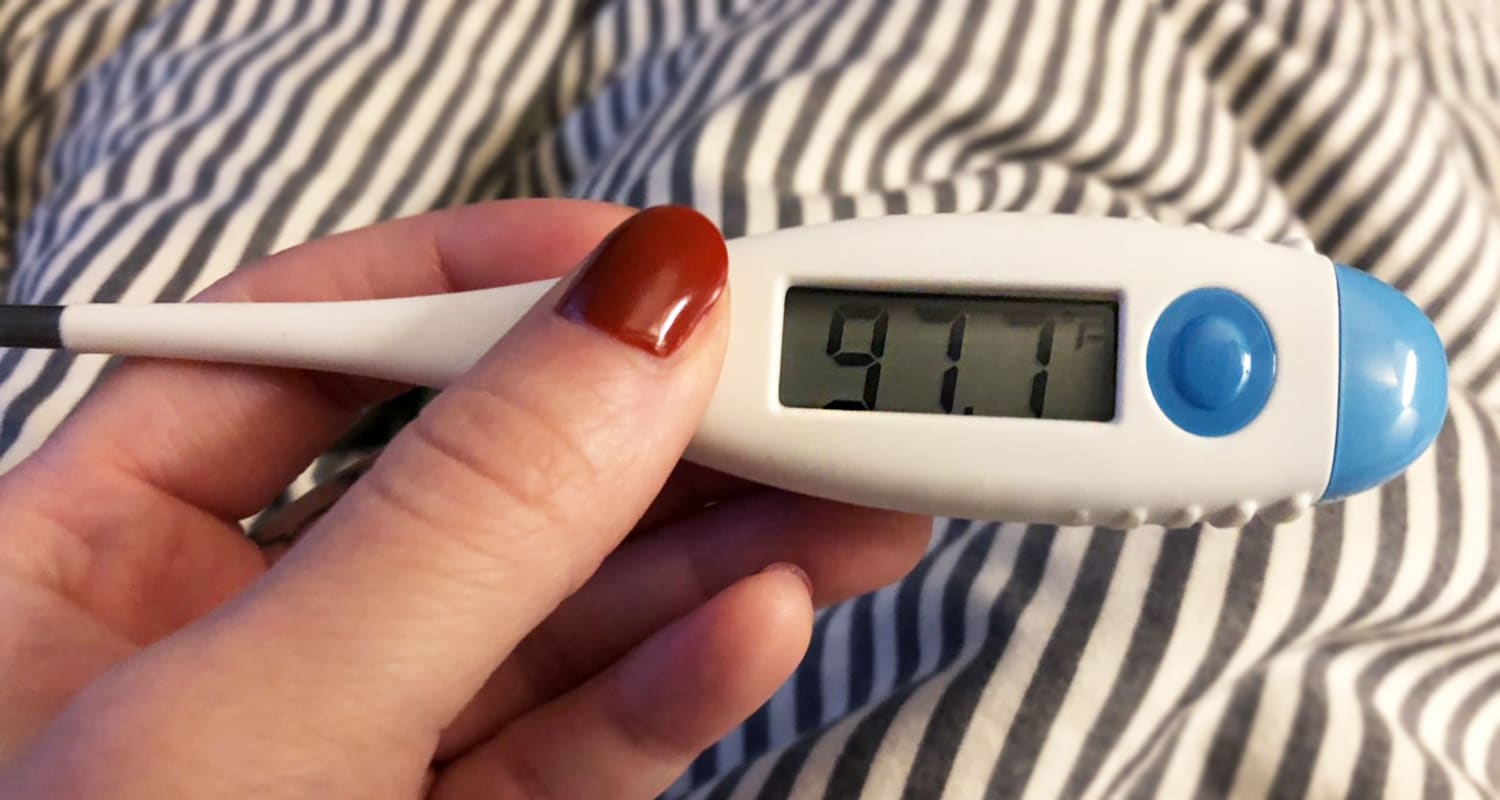
[tldr]
- Biohacking means paying close attention to how you feel, so that you know which habits make you stronger and which ones make you weak.
- Part of biohacking is testing to get a sense of what your body is doing.
- There are tests that only doctors and labs can perform, and there are free tests you can do in your kitchen.
- Here are things you can test on yourself for free or super cheap, in the comfort of your own home.
[/tldr]
I’m a professional biohacker, and I’m my own ongoing biology experiment. Around the web, there are plenty of pictures of me using expensive machines and getting specialized medical treatments to hack my biology so I can live to 180.
You don’t have to have thousands of dollars’ worth of equipment in your garage, or electrodes stuck to your scalp all the time, to be a biohacker. Biohacking means paying close attention to how you feel so that you know what makes you stronger and what makes you weak.
Part of biohacking is testing to get a sense of what your body is doing. When I first decided to figure out what was making me fat and tired all the time, I measured everything, which made a huge difference. I knew what to focus on first, what to save for later, and what was working well. Testing was such a game changer that I talk about it a lot in my new book, Game Changers: What Leaders, Innovators, and Mavericks Do to Win at Life.
As with anything else, you have a range to work with. There are tests that only doctors and labs can perform, and there are free tests you can do in your kitchen. Here are things you can test on yourself for free or super cheap, in the comfort of your own home.
[readmore title=”Try these tests right now from home”]
Nothing in this article can diagnose, treat, or cure any disease. These are for informational purposes only, and if you have any health concerns, seek the guidance of a qualified health professional.
Iodine patch test
Your thyroid needs iodine to function. Around a century ago, the government started adding iodine to table salt to counter goiter — enlarged thyroid from iodine deficiency. After that, iodine deficiency and related problems became a thing of the past.
With more and more people steering clear of processed foods, we’re seeing more and more iodine deficiency. If you’re eating Bulletproof foods or at least paying attention to the quality of your food, chances are, you’re not eating iodized salt or foods enriched with iodine, like sliced bread.
That’s not a good reason to trade your Himalayan pink salt for high sodium table salt — there are other ways to get iodine. It is a reason that people and even doctors think that iodine deficiency isn’t an issue anymore.
How to test yourself for iodine deficiency
There’s an easy way to find out if you’re getting enough iodine. All you have to do is paint a two-inch square of 2% iodine tincture or solution (the orange one, not the clear liquid) on your forearm and let it dry. It will stain clothing, so make sure it’s dry before you do things.
Keep an eye on it every hour or so for the next 24 hours. If it’s still there after 24 hours, you have enough iodine. If it’s gone or fades to a faint yellow before the 24-hour mark, you’ll need to go to the doctor and get tested for iodine deficiency.
The reason this test works is because iodine can be absorbed through the skin. If your body needs iodine, it will absorb into the skin much more quickly than it would if you had adequate levels.
Here are Courtney’s results over a span of eight hours. She has a lab-confirmed iodine deficiency and just started supplementing with iodine pills, but took a week off before this test…for science!
The iodine didn’t change the color of her skin — the sun went down by the 3rd photo so the lighting changed. But you can see, the patch is gone.
Taking your temperature to check thyroid function
Whether you’re deficient in iodine or not, it’s a good idea to check up on your thyroid function. Your thyroid hormones have a direct effect on your cells’ ability to produce energy, and when your cells don’t have enough energy to do what they need to do, a few degrees of warmth are the first to go. Because of this, your core temperature is a reliable indicator of how your thyroid is doing.
Here’s how to test your thyroid
Mercury and basal thermometers will be most accurate, but use what you have.
As soon as you wake up, take your temperature in your armpit. Your sleeve will throw off the reading, so make sure there’s nothing between the thermometer and your skin. Lie still while you take your temperature — movement can throw off the reading quite a bit.
Write down your temperature for four to six consecutive mornings in a row. If you’re consistently under 97.4 degrees F, you want to open up a discussion with your doctor about potential hypothyroidism, and get a full panel of tests. A lot of doctors test TSH only, so make sure you request the tests listed in this article.
Tanna’s temperature was exactly the same every morning, so her thyroid is most likely doing what it’s supposed to do.
Candida spit test
A lot of people have imbalances in their microbiome, the ecosystem of microorganisms that lives in your gut and helps you digest your food and fight infections. Candida albicans is one of the more common yeasts that has a tendency to take over and cause problems.
You can take a blood test to get your levels. There’s also a quick at-home test you can do that lets you know whether it’s time to open up a conversation with your doctor about yeast overgrowth.
When you go to bed, set out a clear glass of water, preferably next to your bed.
When first wake up in the morning, before you brush your teeth or eat or drink anything, collect some saliva in your mouth and spit it into the water. Start a timer.
At the three-minute mark, what do you see? If your blob of saliva developed stringy things, if it’s now at the bottom of the cup, or if your water is cloudy throughout, there’s a good chance you have an issue to address.
It’s not a 100% accurate test, but giving your gut bacteria some love is always a good idea. Here’s how to get in balance or stay there if your gut is in good shape.
Mia’s sample has no strings, it floats, and the water is clear.
Poor man’s tilt test for POTS
If you’ve had some unexplained dizziness, nausea, racing heart, or other symptoms on this list, you might want to look into postural orthostatic tachycardia syndrome, or POTS.
POTS is complex, but in short it’s the body’s inability to maintain blood pressure. You feel it most when you go from stillness to movement, and especially when going from lying down to standing up. Your heart rate kicks up to get the blood pumping.
How to do a poor man’s tilt test for POTS
- Lie down. Relax and be still without talking or fidgeting. Have someone else take your pulse for you.
- After you’ve been still for 5-10 minutes, count your pulse for 15 seconds, and multiply that by 4 to calculate your beats per minute.
- Stand up. Be perfectly still, and be especially careful not to move your legs. Moving your legs affects your blood flow.
- Check your heart rate again. Take your pulse at 3, 5 and 10 minutes standing.
- Compare. If your heart rate rises by 30 beats per minute and returns to the rate you got when you were lying down, that’s not POTS. If your heart rate stays elevated by 30 beats per minute or continues to rise, and if you feel symptoms (lightheadedness, nausea, dizziness) while standing, bring your results to your doctor and ask to do a formal test for POTS.
Don’t be surprised if your general practitioner hasn’t heard of POTS or dismisses your symptoms. Knowledge around it is still developing. Ask for a referral to a specialist, usually a neurologist or an autonomic specialist, who can do a proper Tilt Table Test.
Even if your heart rate stays where it should, but you have symptoms, you can have the doctor do a more accurate test in the office to be sure.
Rebecca’s heart rate didn’t spike, and she didn’t feel symptoms upon standing.
Burp test for stomach acid
Stomach acid declines as you age, and certain conditions like thyroid dysfunction can affect your stomach acid levels. Your stomach acid might actually be low when you think it’s high, because both conditions can feel like heartburn.
This isn’t a replacement for a real diagnosis, but the burp test can give you an idea of what you’re working with. Do this first thing in the morning, before eating or drinking anything.
- Mix ¼ teaspoon of baking soda in 4 oz of water. Get your timer ready.
- Drink it all and immediately start the clock.
- See how much time passes until you burp.
- Stop timing after five minutes.
People who make enough stomach acid generally burp within two to three minutes. If you went past that without burping, it’s time to open up the conversation with your doctor or nutritionist about low stomach acid. A doctor might follow up with a test involving an electronic pill that detects stomach acidity, or with a test involving removing stomach contents with a gastric tube and testing acidity that way.
It took a while for Betsy to burp, so she’s going to have a little bit of apple cider vinegar with meals and request some testing at her doctor’s office.
It’s your birthright to know what’s happening in your body. Medical doctors aren’t the gatekeepers of information about you. If these experiments spark your curiosity and you want to get a more valid test in the lab, ask your doctor to order it for you. If you get a “no,” try a new doctor or find out how to order tests online. It’s your body and you have a right to know how it’s working so that you can give it what it needs.















